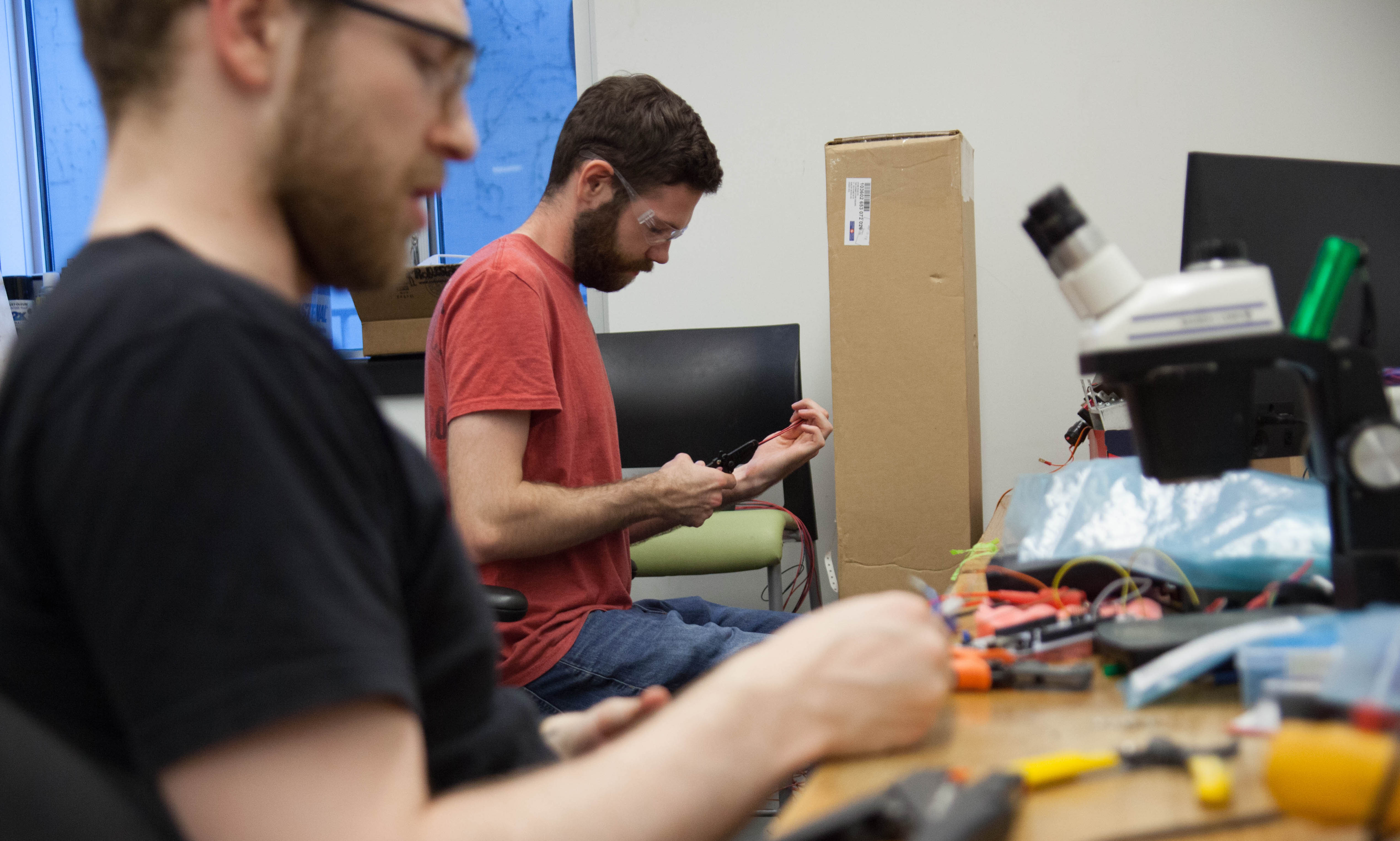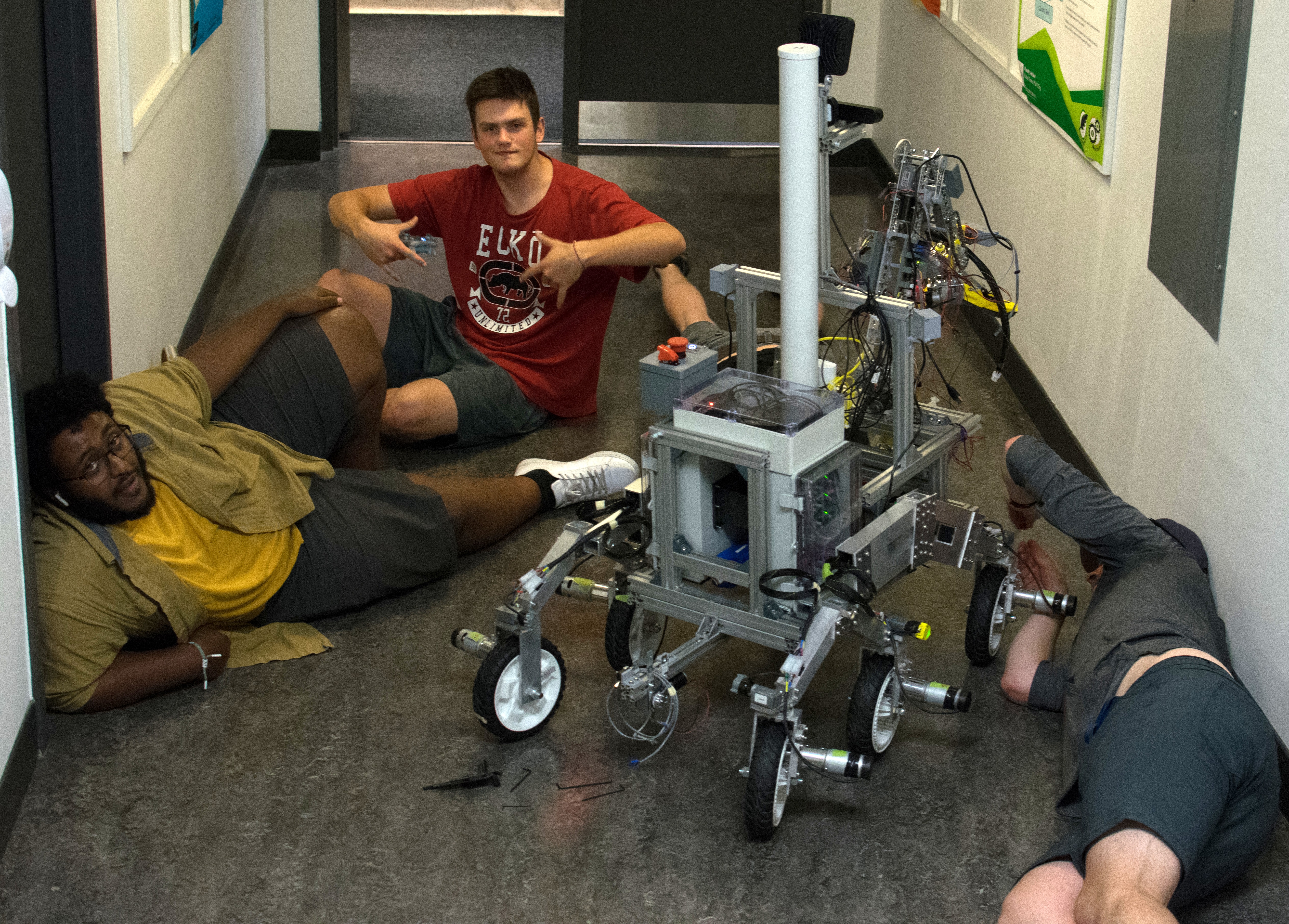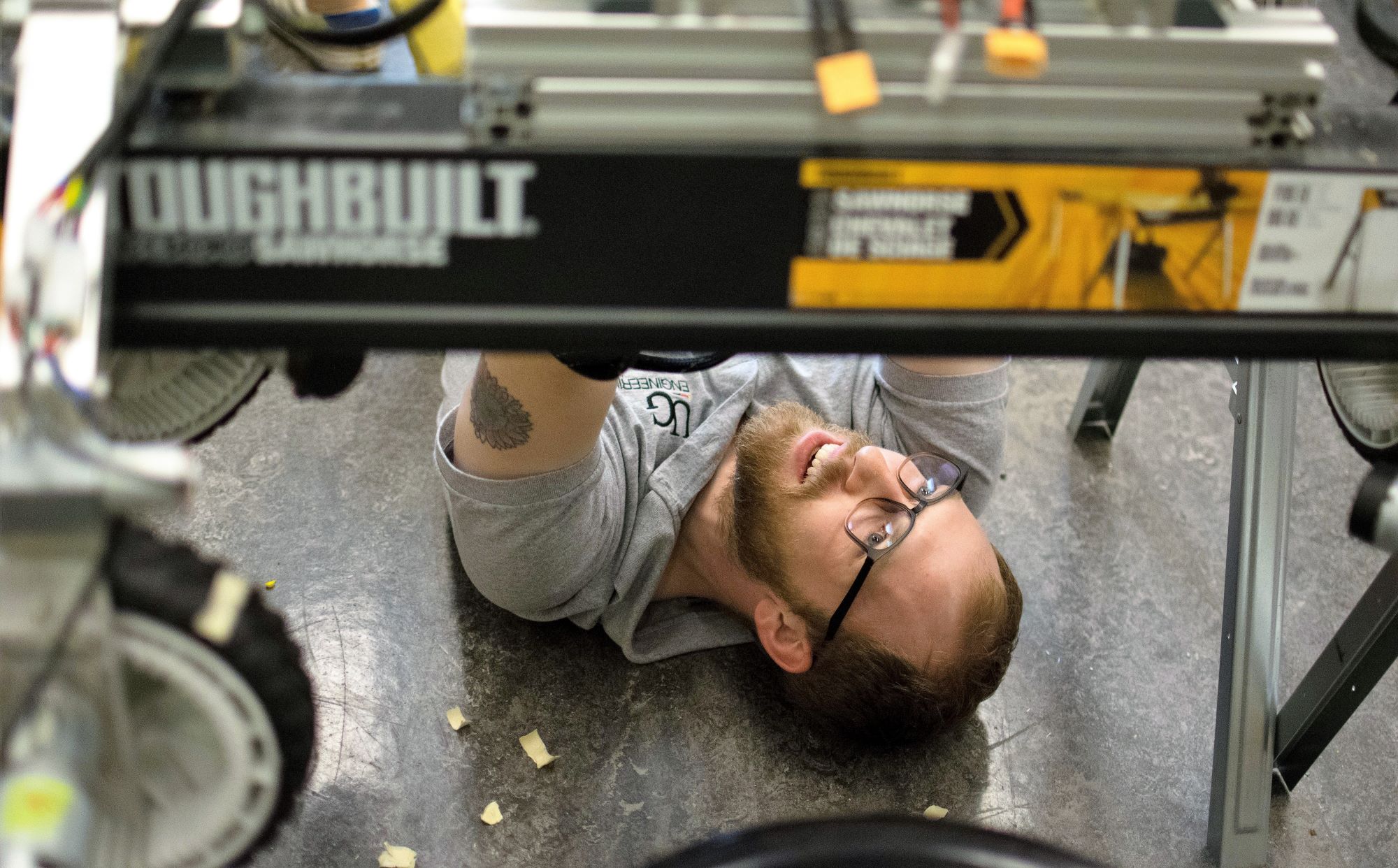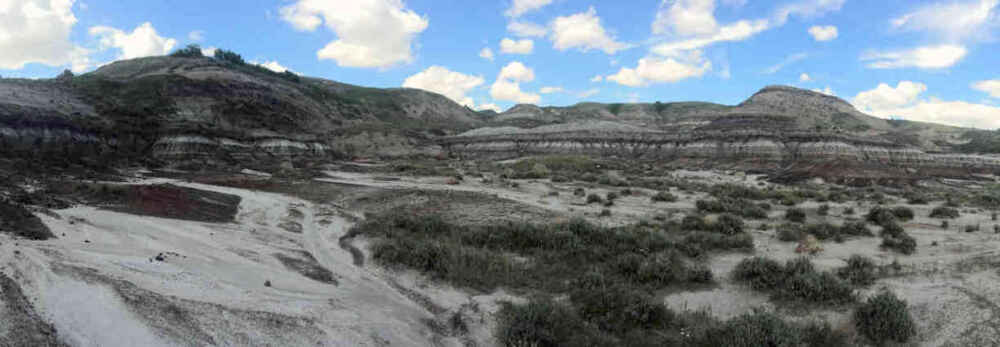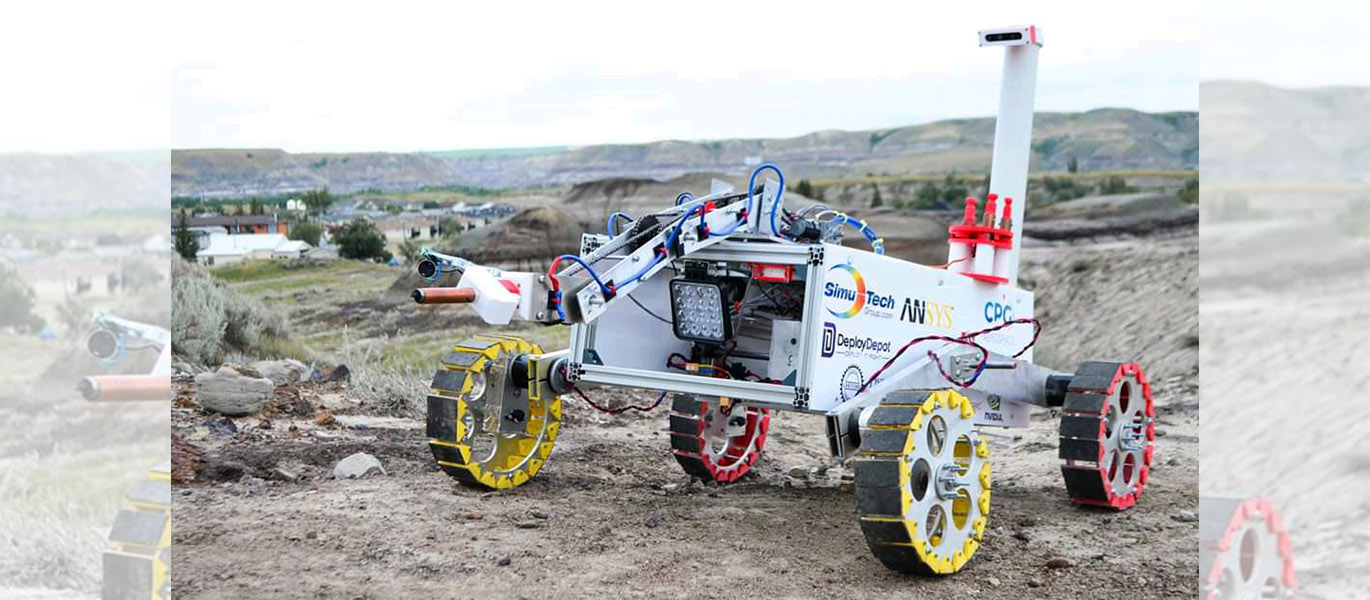They were underdogs the first time and managed an impressive result.
This year, the University of Guelph Robotics Team is planning an even stronger finish with its latest entry in the Canadian International Rover Challenge.
The four-day event begins this Friday and will see more than 15 student robotics teams from around the world compete head-to-head in the badlands of Alberta.
Each rover will have to navigate a course through the terrain of Drumheller, Alta., completing a set of tasks and challenges that mimic a simulated nuclear power reactor disaster at a human colony on Mars. Rovers that complete the tasks with the most autonomy will score the highest.
The last time the U of G team attended, in 2019, they placed an impressive sixth, beating out bigger schools from Canada, the U.S., Poland and more, along with nabbing the rookie team of the year award.
“We learned so much from that first event,” said mechanical team lead Zion Maynard, a fifth-year biomedical engineering co-op student. “This time, we have a more integrated and mechanically robust vehicle vehicle. We’re really excited to compete.”
Rover to navigate Mars-like terrain of Drumheller
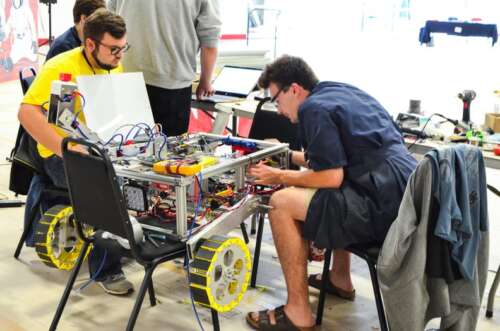
The new U of G rover is equipped with four cameras: one main stereoscopic camera with two lenses that mimic what human eyes see, and three more to offer a 360-degree view around the rover.
“We want as good a view of the terrain as possible,” explained team member Stephen Abraham, who finished his engineering undergrad last semester and is serving as the team’s software co-lead. “The cameras are important for mapping the environment and estimating the distances of obstacles.”
Those obstacles could include boulders, shrubs and hills – and perhaps something unexpected.
“You don’t get to see the course until it’s your turn, so you have to make sure your rover is all-terrain ready,” said Spencer Ploeger, a second-year engineering master’s student who is one of the few team members who has competed in the event before.
To try to mimic the sandy terrain that makes up most of the course, the team has been test-driving its rover on the campus beach volleyball courts near the south residences. Members calibrate each of the rover’s components, like the robotic arm, to work on their own as well as “talk” to each other.
An opportunity to apply learning to something fun
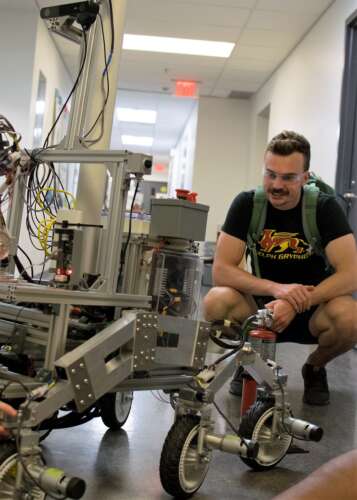
The 20-plus members of the team have put in countless volunteer hours all year to prepare for this one event – which ends with no prizes beyond the simple pride of victory.
According to Owen Douglas, co-lead of the electrical team and a fifth-year systems engineering co-op student, it’s worth every minute.
“Whether there were prizes involved was never even a question I ever asked; I just wanted to do this,” he said.
“It’s just an awesome opportunity to continue your learning and apply it to something a little more fun. As someone who hopes to work in the space industry for my career, this is such great training.”
While the team consists mostly of engineering students, other students get involved, including those in science and even marketing. All that’s needed to join is an interest in learning new skills and a willingness to try new things.
“That’s one of the benefits of the team: you can try your hand at anything,” said Maynard. “For me, I joined in my first semester because I didn’t have the opportunity to do robotics in high school and I wanted to learn mechanical and electrical engineering. It’s been a great way to do that.”
Beyond working on the rover itself, the team has needed to secure partnerships and sponsorships to help with material costs, which they admit are high. But the team knows that money isn’t as important as expertise and teamwork.
“At the 2019 event, some of our competitors rolled up with big trucks and thousands of dollars of precision equipment,” said Ploeger. “Meanwhile, we had to drive our rover across the country ourselves. And yet we made it work and we proved ourselves.”
This year, the team was able to pay to have their rover shipped cross-country, although team members are still on the hook for much of their own travel costs.
“I think that speaks to our dedication,” said Douglas. “We may not be as well-known as some of the other schools, but we are proud to take part and boost the reputation of U of G engineering.”
Anyone interested in watching the competition can catch a livestream on CIRC’s YouTube channel and Facebook.page.
Contact:
U of G Robotics Team
ugrt@uoguelph.ca
More photos:
